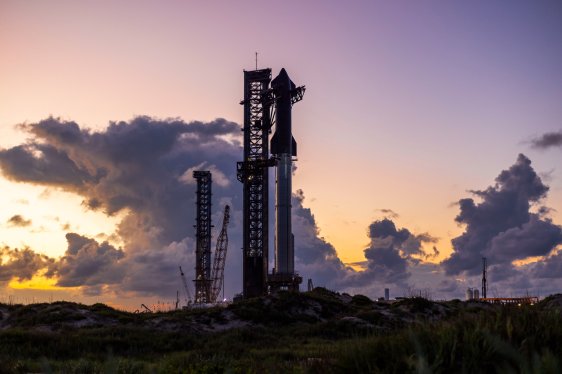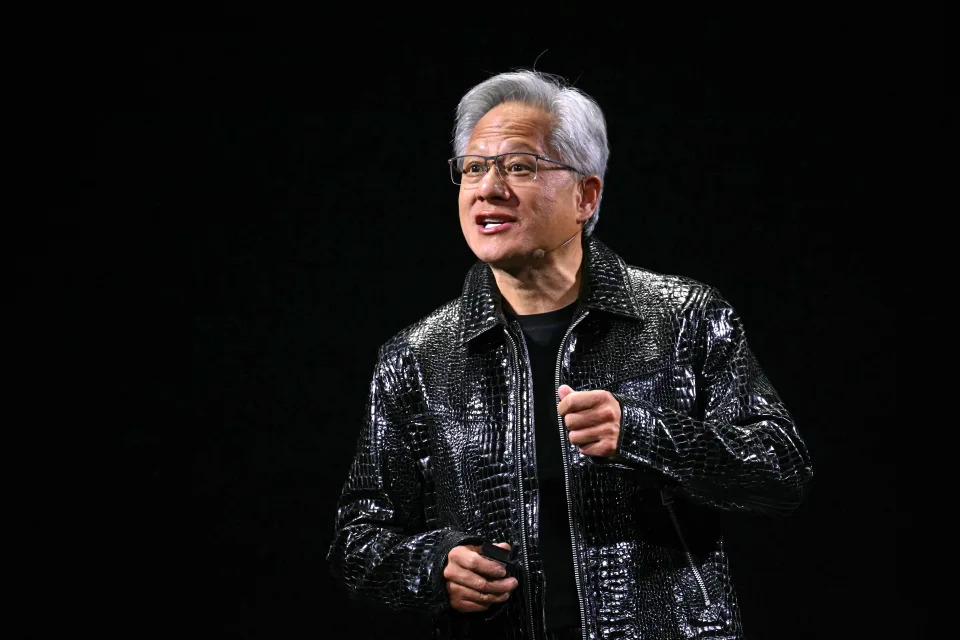SpaceX’s Next-Generation Rocket Takes Center Stage
A Leap Forward for Starship
SpaceX is gearing up to take its Starship test flight program to the next level with an ambitious launch schedule that will see the company demonstrate payload deployment for the first time. The upcoming rocket launch, expected later this month, will showcase the capabilities of the reusable Starship spacecraft, which has been in development since 2019.
Payload Deployment: A Crucial Milestone
The payload in question is a set of 10 Starlink "simulators" that will be launched into space and deployed on the same trajectory as the upper stage, also known as Starship. These model spacecraft are designed to mimic the size and weight of the next-generation satellites that SpaceX plans to use Starship to deploy in space. The simulators will travel through space, eventually splashing down in the Indian Ocean.
A Game-Changer for Starlink
The operational version of these satellites, known as V3, is expected to be the first real payload that Starship flies. The deployment of V3 satellites via Starship will be a significant milestone for SpaceX’s plans to rapidly expand its Starlink satellite constellation and reduce costs per satellite launched. Currently, Starlink uses Falcon 9 rockets, but the V3 satellites are much heavier than their predecessors, making them more challenging to launch.
Starship’s Payload Capacity
Thanks to Starship’s impressive payload capacity, SpaceX has announced plans to deploy 60 V3 satellites per Starship launch, which will add a staggering 60 terabits per second of capacity to the Starlink network. Per satellite, this translates to over 10 times the downlink and 24 times the uplink capacity compared to the current V2 Mini satellites.
Upgrades and Improvements
In preparation for the seventh test launch, SpaceX is introducing a range of upgrades and improvements to the rocket, including enhancements to the propulsion system, avionics, and heat shield. These upgrades aim to boost reliability and performance, making Starship an even more efficient and effective spacecraft.
Catching the Super Heavy Booster
During this test, SpaceX will attempt to "catch" the Super Heavy booster, a feat that the company accomplished for the first time during the fifth test in October. This remarkable achievement showcases the incredible capabilities of Starship and its ability to return boosters safely back to Earth.
A Significant Step Forward
The upcoming launch is a crucial milestone in SpaceX’s development of Starship, marking a significant step forward in the program. With each test launch, the company inches closer to realizing its ambitious goals for Starlink and establishing itself as a leader in space exploration.
SpaceX’s Vision for Starlink
Elon Musk’s vision for Starlink is nothing short of revolutionary – to create a global satellite network that can provide fast, reliable internet access to people everywhere. The deployment of V3 satellites via Starship will be a critical component of this plan, enabling SpaceX to expand its constellation and offer high-speed internet services worldwide.
The Role of Starship
Starship is the key to unlocking SpaceX’s plans for rapid expansion and cost reduction in launching satellite constellations. By using Starship to deploy V3 satellites, SpaceX aims to achieve significant economies of scale and improve its competitiveness in the satellite launch market.
Conclusion
As SpaceX prepares for the seventh test launch of Starship, excitement is building around this ambitious program. The demonstration of payload deployment will mark a critical milestone in the development of this next-generation spacecraft, paving the way for the deployment of V3 satellites via Starship and further expanding the capabilities of the Starlink network.
Key Takeaways
- SpaceX’s seventh test launch of Starship will demonstrate payload deployment for the first time.
- The payload consists of 10 Starlink "simulators" that mimic the size and weight of next-generation satellites.
- Starship has a payload capacity of 60 V3 satellites per launch, adding 60 terabits per second of capacity to the Starlink network.
- Upgrades and improvements have been made to the propulsion system, avionics, and heat shield to boost reliability and performance.
- SpaceX will attempt to "catch" the Super Heavy booster during this test.
About the Author
Aria Alamalhodaei is a reporter covering space and defense industries at TechCrunch. She has previously written for MIT’s Undark Magazine, The Verge, and Discover Magazine, and holds an MA in art history from the Courtauld Institute of Art in London.




